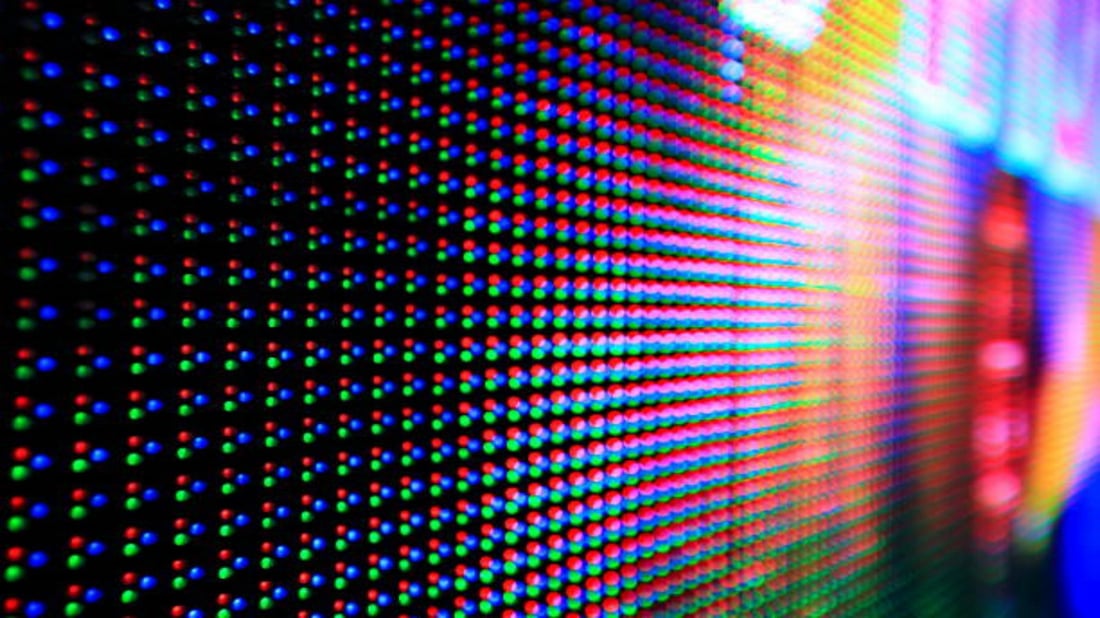The Ins and Outs: How The Technology of LCD Displays Works
LCD displays have become an integral part of our daily lives, from our smartphones to our televisions. But have you ever wondered how these screens work? In this article, we will explore the fascinating technology behind LCD displays and how they produce the stunning visuals we see. So, let's dive in and unveil the secrets of LCD technology!
1. What is LCD Technology?
LCD stands for Liquid Crystal Display, which is a type of flat-panel display that uses liquid crystals to produce images. Unlike traditional cathode ray tube (CRT) displays, LCD screens are much thinner and lighter, making them ideal for a wide range of devices.
2. The Basics of Liquid Crystals
Liquid crystals are unique states of matter that possess properties of both liquids and solids. They have the ability to flow like a liquid, but their molecules can also align themselves like those in a solid crystal structure. This unique property allows liquid crystals to act as a switchable medium for displaying images.
3. The Role of Polarizers
Polarizers are essential components of LCD displays. These thin films are placed in front and behind the liquid crystal layer to control the orientation of light. When light passes through the first polarizer, it becomes polarized in a specific direction. The liquid crystals then manipulate the polarized light to control the amount of light that reaches the second polarizer.
4. Understanding the Liquid Crystal Layer
The liquid crystal layer is made up of tiny cells that contain the liquid crystals. Each cell represents a pixel on the display. The liquid crystals in these cells can be manipulated by applying an electric current, causing them to twist or align in different ways. This manipulation determines the amount of light that passes through the cell and ultimately creates the image on the screen.
5. Backlighting: Illuminating the Display
LCD displays require a light source to illuminate the liquid crystals and produce visible images. This is achieved through a process called backlighting. Typically, a cold cathode fluorescent lamp (CCFL) or light-emitting diodes (LEDs) are used as the backlight source. The light passes through the liquid crystal layer and polarizers, creating the vibrant colors and brightness we see on the screen.
6. Color Filters and Subpixels
To display a full range of colors, LCD displays use color filters and subpixels. Each pixel on an LCD screen consists of three subpixels: red, green, and blue. Color filters are placed on top of these subpixels to selectively filter the white light from the backlight, allowing only specific colors to pass through. By combining different intensities of red, green, and blue, the display can create a vast array of colors.
7. Addressing Pixels: Active and Passive Matrix
The pixels on an LCD display can be addressed using either an active matrix or a passive matrix. In an active matrix display, each pixel has its own transistor, which allows for faster response times and better image quality. On the other hand, passive matrix displays share transistors between multiple pixels, resulting in slower refresh rates and lower image quality.
8. TFT Technology: Enhancing Image Quality
Thin Film Transistor (TFT) technology is commonly used in LCD displays to improve image quality and response times. TFTs are tiny transistors that are integrated into each pixel of the display, allowing for precise control over the liquid crystals. This technology enables faster switching speeds, higher resolutions, and improved color reproduction.
9. Viewing Angles and Response Times
LCD displays have specific viewing angles at which the colors and image quality remain consistent. This is due to the properties of the liquid crystals and the alignment layers. Additionally, the response time of an LCD display refers to how quickly the liquid crystals can switch between on and off states. Faster response times result in reduced motion blur, making LCD displays suitable for gaming and fast-paced video playback.
10. Advantages and Limitations of LCD Technology
LCD technology offers numerous advantages, including low power consumption, high resolution, and thin form factor. It has revolutionized the display industry and is widely used in various applications. However, LCD displays also have limitations, such as limited viewing angles, lower contrast ratios compared to other display technologies, and the potential for motion blur in fast-moving images.

